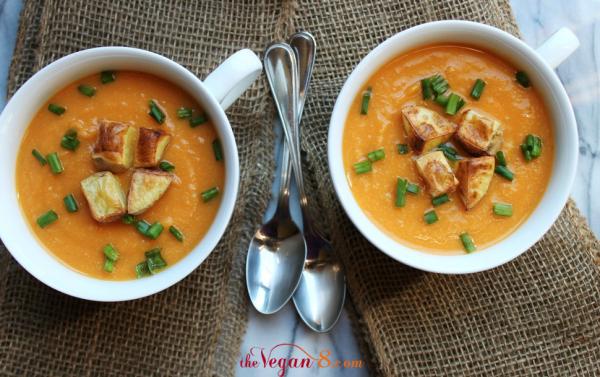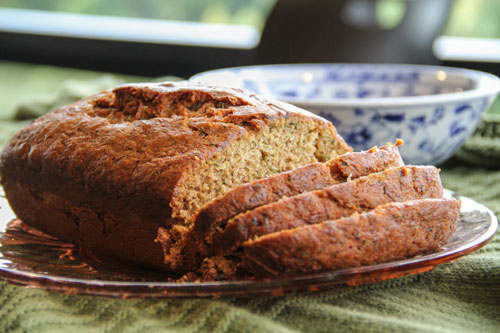The Pacific Northwest is known by indigenous peoples for its natural bounty, spanning from the rich mountain forests and salmon-filled rivers to the vast abundance of seafoods provided by Mother Ocean. Such a wide nutritional variety paves the way for a cuisine that is distinctly Salish, showcased in the recently released second edition of an ebook called Salish Country Cookbook: Traditional Foods & Medicines from the Pacific Northwest. Written by Rudolph C. Rÿser (Taidnapam Cowlitz) originally in 2004 and published by Daykeeper Press, the updated version includes new dessert recipes, expanded information about ingredients (in their Latin and Native names), and additional full color photos. The author draws on his experience growing up eating traditionally gathered and hunted foods such as deer, elk, bear, duck and beaver.
The 146-page volume features recipes for everything from appetizers to salad dressings, and main dishes to sweet treats. There is also a section for teas and juices. As a holistic project, however, it also includes sections dedicated to traditional Salish cooking knowledge, the basic Salish pantry, the importance of Oolichan oil, the cultural aspects of Salish cooking, and the dangers of modern contamination. The book wouldn’t be complete without a compendium of commonly used plants in Salish country, with details about harvesting techniques and culinary and medicinal uses.
With a forward written by Leslie Korn, Ph.d., MPH, author of Rhythms of Recovery: Trauma, Nature, and the Body and director of the Center for Traditional Medicine in Olympia, Washington, the central organizing theme of the book is restoring Native health and community through a return to traditional foods. Recognizing the connection between escalating rates of modern illnesses like diabetes and heart disease and the loss of traditional foods, the book emphasizes the destructive force of many modern ingredients. As Korn writes: “We have tried to maintain the integrity of each dish by using foods that do not raise the glycemic level or use gluten-based products, both sugar and gluten being harmful to most indigenous peoples of the Western Hemisphere (as well as peoples from other parts of the world including Europe).”
Food gathering and preparation is a central aspect of traditional knowledge, as Rÿser writes. For example, being in the right frame of mind is imperative for the life-giving force of traditional foods to ensure that food is infused with happiness and calmness. Cooking methods further contribute to the health-imparting benefits of traditional foods. Microwave ovens and high temperature cooking, for instance, should be avoided in favor of slower, lower temperature cooking to protect food’s nutritional integrity.
Adapting traditional foods in a contemporary context is also a creative process and is reflected in the recipes offered in the book. You won’t find fry bread here, but you will find healthy ingredients such as stevia and berry juices (instead of refined sugar), rice or cattail flour (instead of processed white flour), and coconut or olive oil (instead of conventional vegetable oils).
Salish Country Cookbook can be purchased for $9.99 through the Center for Traditional Medicine at www.centerfortraditionalmedicine.org.
Read more at http://indiancountrytodaymedianetwork.com/gallery/photo/16-photos-traditional-cooking-salish-way-155329










